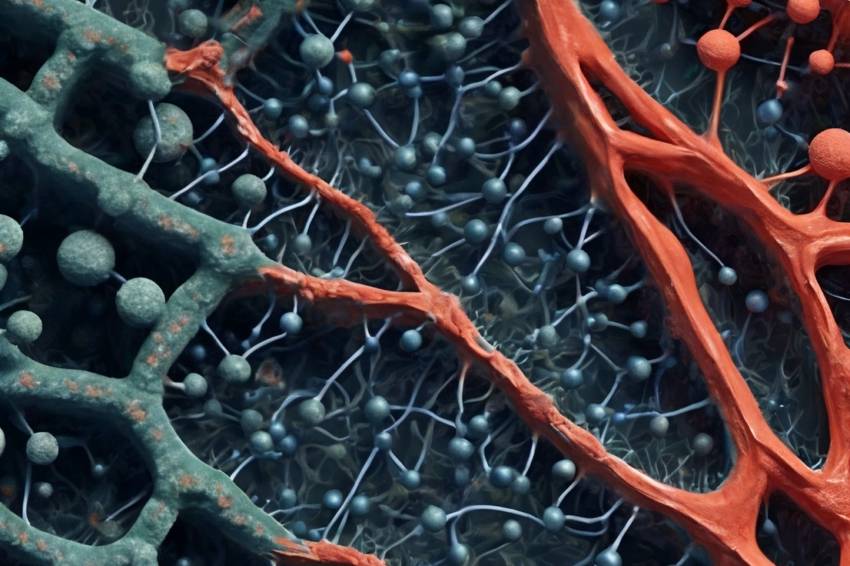Summary: Scientists at Baylor College of Medicine have discovered that star-shaped brain cells called astrocytes actively participate in storing and retrieving memories, expanding our understanding beyond neurons alone. The research demonstrates that these cells work together with neurons to control memory processes, potentially offering new insights for conditions like Alzheimer’s disease and post-traumatic stress disorder.
Journal: Nature, November 6, 2024, DOI: 10.1038/s41586-024-08170-w | Reading time: 5 minutes
A New Understanding of Memory
Scientists have long believed that memories were solely the domain of neurons, the primary cells of the brain. Now, research reveals that another type of brain cell – the star-shaped astrocyte – also plays a vital role in how we store and recall memories.
“The prevailing idea is that the formation and recall of memories only involves neuronal engrams that are activated by certain experiences, and hold and retrieve a memory,” says Dr. Benjamin Deneen, who led the research at Baylor College of Medicine.
Stars of Memory
To understand astrocytes’ role in memory, the research team developed new laboratory tools to study these cells in action. They conducted experiments with mice, conditioning them to respond with fear in specific situations.
The study revealed that during learning events, certain astrocytes express a gene called c-Fos and work closely with neurons. “The c-Fos-expressing astrocytes are physically close with engram neurons,” explains Dr. Michael R. Williamson, noting that these cells communicate in both directions.
Implications for Brain Health
These findings provide new perspectives for studying conditions affecting memory. The research could lead to fresh approaches in understanding memory-related disorders, including Alzheimer’s disease and post-traumatic stress disorder.
The team discovered that specific groups of astrocytes activate for specific memories. “The astrocyte ensembles regulating the recall of the fearful experience are different from those involved in recalling a different learning experience, and the ensemble of neurons is different as well,” notes Dr. Deneen.
Glossary
Astrocytes: Star-shaped brain cells that support and interact with neurons.
Neurons: Brain cells specialized for transmitting information and traditionally thought to be the sole carriers of memory.
Engrams: Groups of neurons activated by specific learning experiences.
c-Fos gene: A gene that becomes active during learning events in certain brain cells.
Quiz
- What type of brain cell was newly discovered to play a role in memory storage?
Answer: Astrocytes (star-shaped brain cells) - What gene do astrocytes express during learning events?
Answer: The c-Fos gene - Are the same astrocytes involved in recalling different memories?
Answer: No, different groups of astrocytes activate for different memories - How do astrocytes and neurons interact in memory processes?
Answer: They communicate in both directions and depend on each other
Enjoy this story? Get our newsletter! https://scienceblog.substack.com/
If our reporting has informed or inspired you, please consider making a donation. Every contribution, no matter the size, empowers us to continue delivering accurate, engaging, and trustworthy science and medical news. Independent journalism requires time, effort, and resources—your support ensures we can keep uncovering the stories that matter most to you.
Join us in making knowledge accessible and impactful. Thank you for standing with us!

